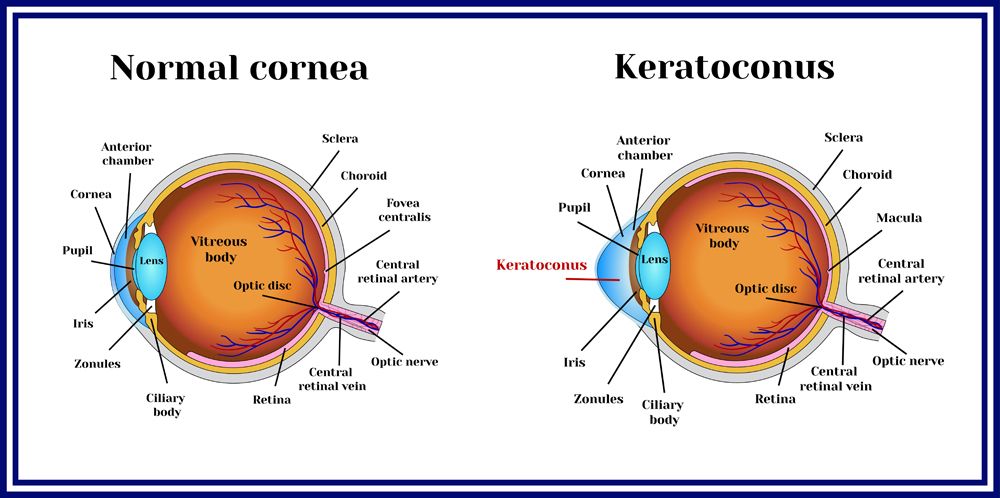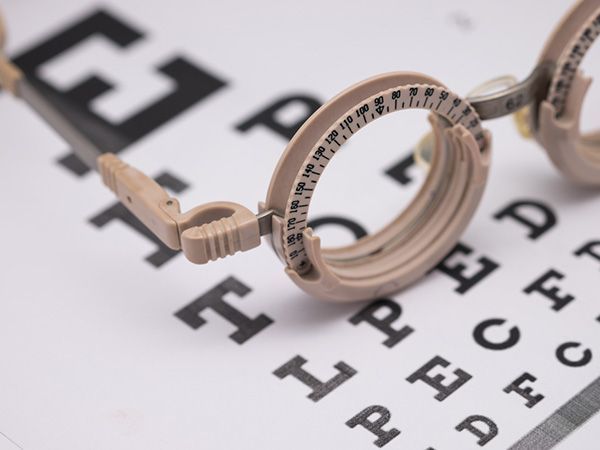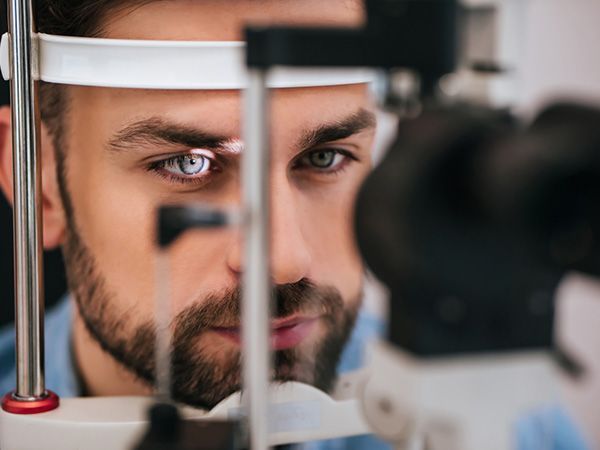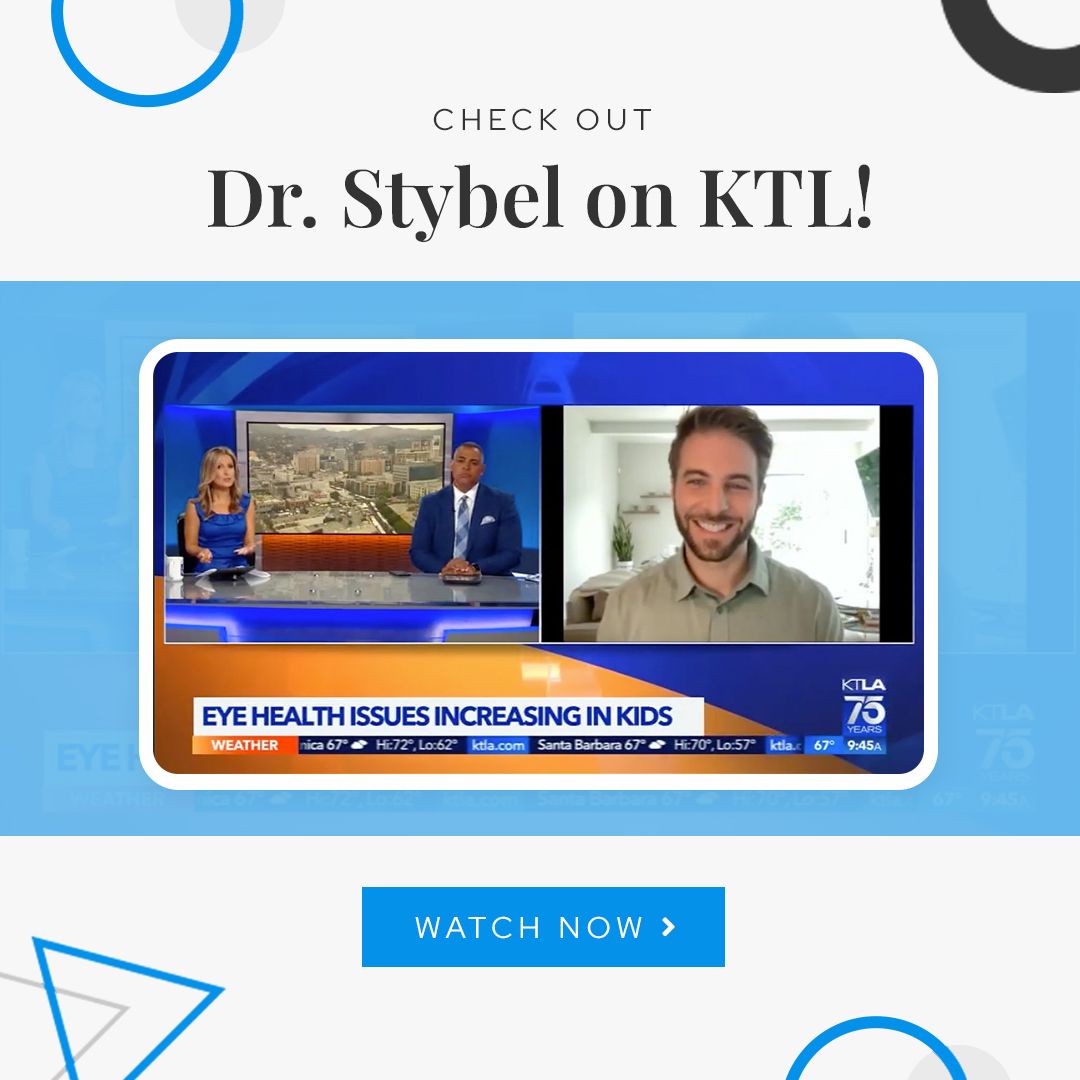Keratoconus Treatment with our Los Angeles Optometrist
One of the more common eye problems we treat at Look! Optometry is keratoconus. While doctors are unsure as to what causes this vision problem, it can almost always be corrected with new eyeglasses or noninvasive methods.
In some cases, this condition may be genetic as about 1 out of 10 people who have keratoconus also have a parent with the same condition. Those in their teens and early twenties who are diagnosed with Keratoconus may have a gradually worsening of the condition over a period of ten to twenty years.

What is Keratoconus?
Keratoconus results when your cornea thins out and bulges like a cone. As your cornea changes shape the light rays entering your eyes gradually becomes out of focus. The result of Keratoconus is that your vision becomes distorted and blurry.
Who does Keratoconus Affect?
People who want to drive at night or depend on reading are the most likely to develop this condition.
What are the Symptoms of Keratoconus?
Symptoms of Keratoconus may occur or progress differently in each eye. Early signs of this condition can include:
- Slight blurring or distortion of vision accompanied by straight lines looking wavy or bent
- Increased sensitivity to glare and light
- Eye swelling or redness
In later stages, symptoms often include:
- Increase of distorted or blurry vision
- Increased astigmatism (eyes cannot focus as well as they should) or nearsightedness.
- Inability to wear contact lenses because they have become uncomfortable due to not fitting properly.
How is Keratoconus Treated?
Keratoconus treatment depends on your symptoms. Mild symptoms are generally corrected with eyeglasses. Special hard contact lenses may be needed later to ensure your vision has the proper focus. Other treatments for keratoconus include:
Intacs – a small curved device an ophthalmologist surgically places in your cornea. Intacs improves vision by helping to flatten the curve of your cornea.
Collagen cross-linking – a special UV light and eye drops that strengthen the cornea. This can stiffen the cornea by preventing it from bulging further.
Corneal transplant – severe symptoms may suggest a corneal transplant that replaces all or part of the diseased cornea with healthy donor cornea tissue.
Visit Our Optometrist in Los Angeles to Treat Keratoconus Today
Keratoconus is diagnosed by way of a routine eye exam. We examine your cornea and often measure its curve. Our optometrists and staff encourage all of our patients to have an annual eye exam to detect disorders like keratoconus. Contact Look! Optometry at (323) 651-5646 or visit our office located in 7629 Melrose Ave, Los Angeles, CA 90046 7419









